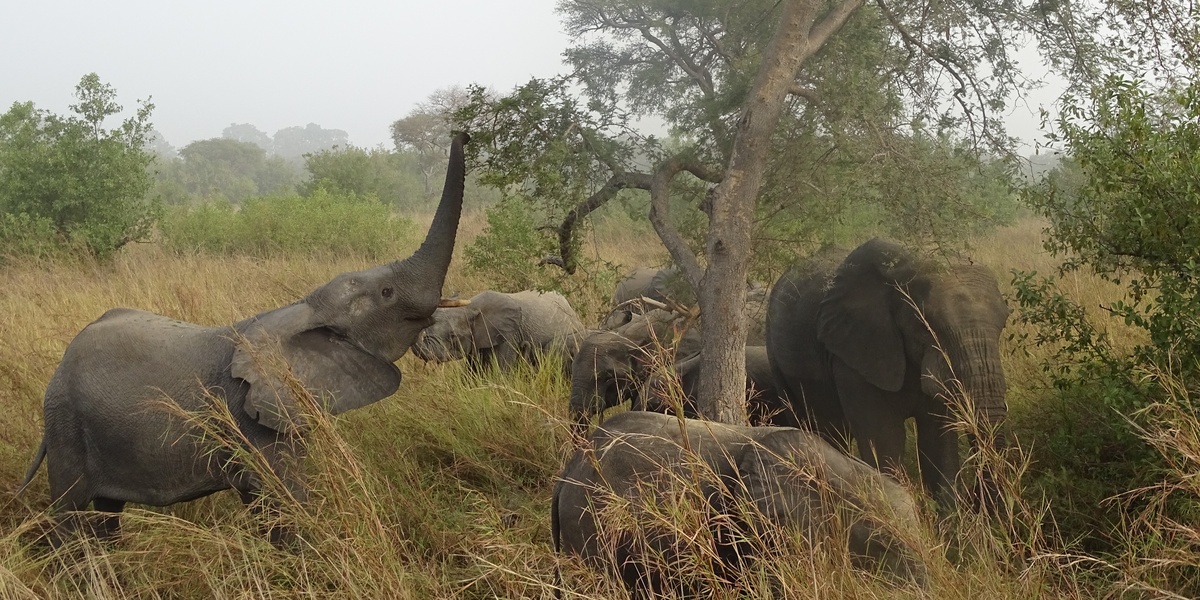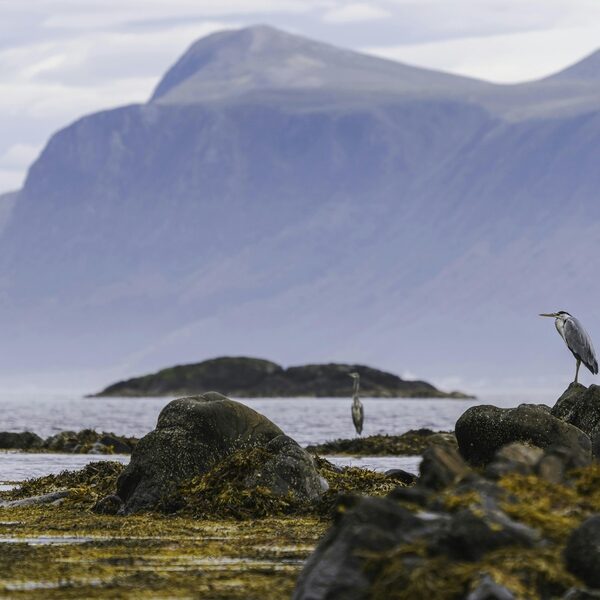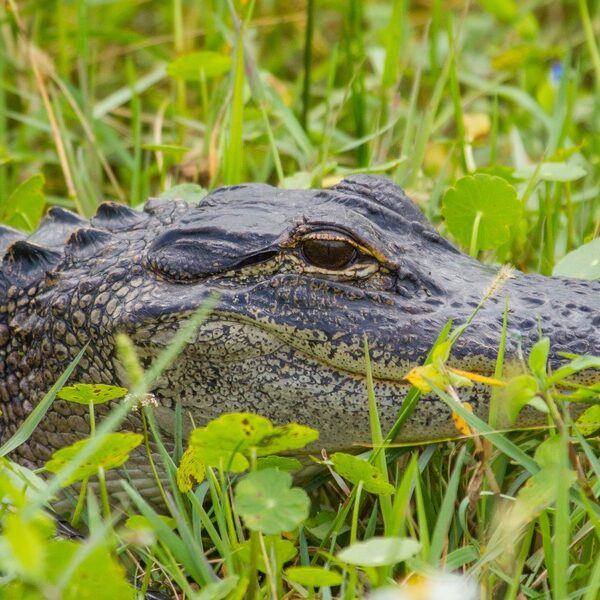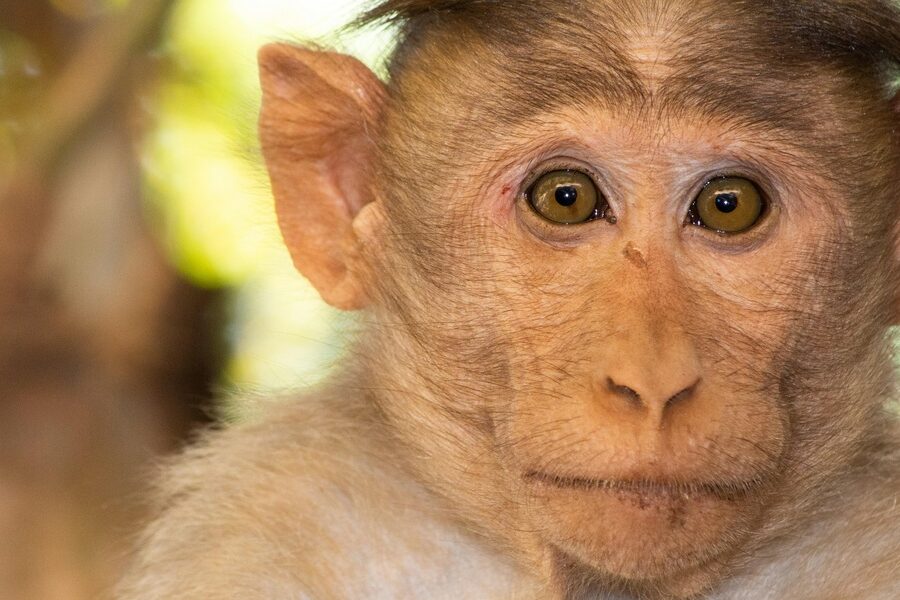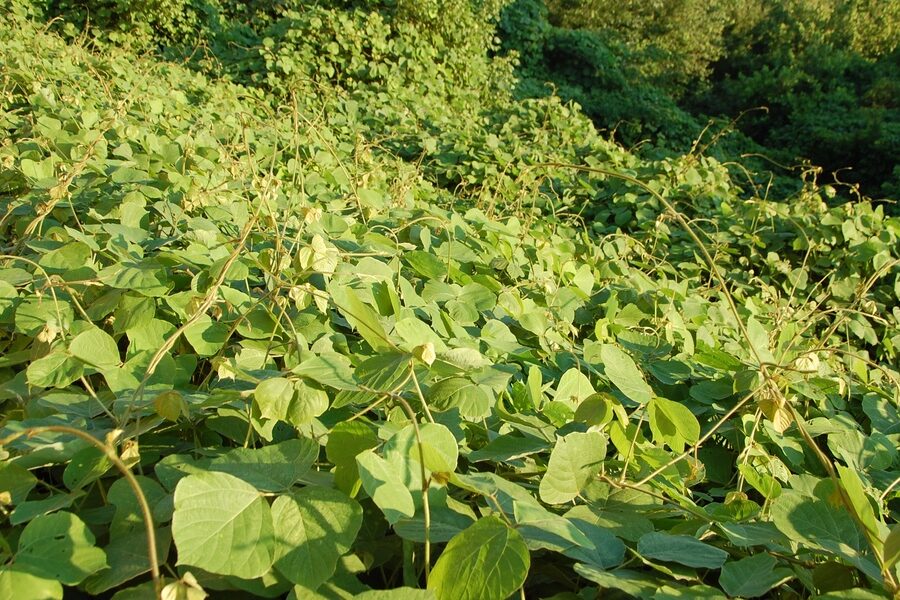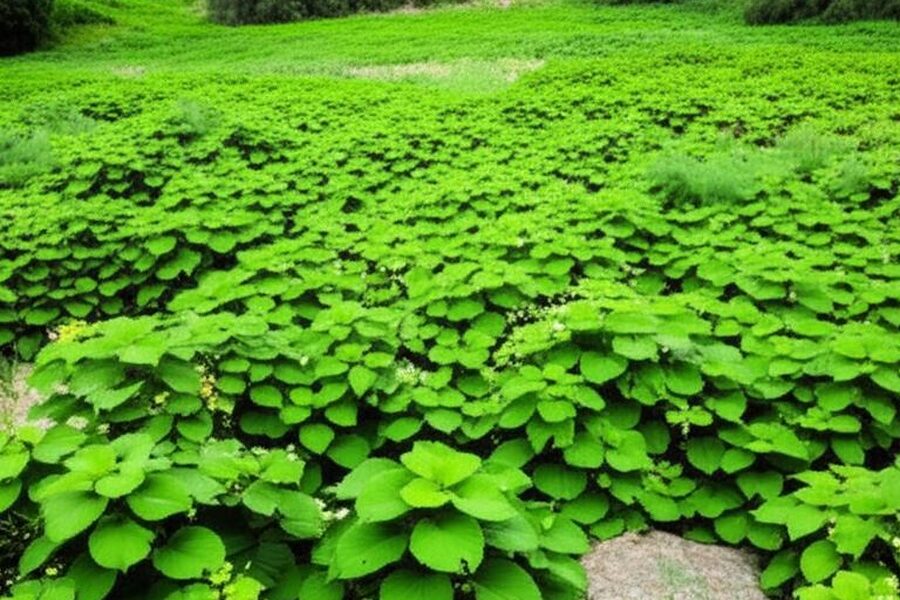Benin, a West African nation, boasts a remarkable array of natural landscapes, from its coastal lagoons and mangroves to the vast savannas and wooded areas further inland. This diverse environment supports a unique spectrum of wildlife, contributing significantly to the region’s overall biodiversity and making it a vital area for conservation efforts.
However, many of these species face severe threats, pushing them towards extinction. This comprehensive list brings into focus the country’s most vulnerable fauna. There are 33 Endangered Species in Benin, encompassing a wide range of creatures, from the aquatic Adanson’s Mud Turtle to the striking Yellow-casqued Hornbill. For each, you’ll find below key details including their Scientific Name, IUCN Status, and Primary Habitat in Benin, offering a clear picture of their precarious situation.
What are the primary threats to endangered species in Benin?
The main threats to Benin’s endangered species are often a complex interplay of habitat destruction and fragmentation, primarily driven by expanding agriculture and urbanization. Poaching for bushmeat and illegal wildlife trade also significantly impact populations. Furthermore, the increasing effects of climate change, such as altered rainfall patterns and extreme weather events, exacerbate these challenges, reducing available resources and safe havens for vulnerable animals.
How can conservation efforts help protect Benin’s vulnerable wildlife?
Effective conservation efforts in Benin typically involve a multi-faceted approach. This includes establishing and strengthening protected areas and national parks, implementing strict anti-poaching laws and enforcement, and fostering community-based conservation initiatives that provide sustainable alternatives to practices harmful to wildlife. Educational programs and international partnerships also play a crucial role in raising awareness and securing resources for the long-term survival of these species.
Endangered Species in Benin
| Common Name | Scientific Name | IUCN Status | Primary Habitat in Benin |
|---|---|---|---|
| West African Lion | Panthera leo leo | Critically Endangered | W-Arly-Pendjari (WAP) Complex savannas |
| White-backed Vulture | Gyps africanus | Critically Endangered | Savannas and open woodlands |
| White-headed Vulture | Trigonoceps occipitalis | Critically Endangered | Savannas and thornbush, especially protected areas |
| Hooded Vulture | Necrosyrtes monachus | Critically Endangered | Savannas and urban areas |
| African Slender-snouted Crocodile | Mecistops cataphractus | Critically Endangered | Forested rivers and coastal lagoons |
| Western Giant Eland | Taurotragus derbianus derbianus | Critically Endangered | W-Arly-Pendjari (WAP) Complex savannas |
| Rüppell’s Vulture | Gyps rueppelli | Critically Endangered | Savannas and arid plains |
| African Elephant | Loxodonta africana | Endangered | W-Arly-Pendjari (WAP) Complex savannas |
| African Wild Dog | Lycaon pictus | Endangered | W-Arly-Pendjari (WAP) Complex savannas |
| Bateleur | Terathopius ecaudatus | Endangered | Savannas and open woodlands |
| Giant Pangolin | Smutsia gigantea | Endangered | Forest and savanna mosaics |
| Grey Parrot | Psittacus erithacus | Endangered | Lowland forests (historically) |
| Korrigum | Damaliscus lunatus korrigum | Endangered | Sahelian grasslands and savannas |
| Martial Eagle | Polemaetus bellicosus | Endangered | Savannas and open country |
| African Rosewood | Pterocarpus erinaceus | Endangered | Dry forests and Sudanian savannas |
| Secretarybird | Sagittarius serpentarius | Endangered | Open grasslands and savannas |
| White-bellied Pangolin | Phataginus tricuspis | Endangered | Forests and savanna woodlands |
| Cheetah | Acinonyx jubatus | Vulnerable | W-Arly-Pendjari (WAP) Complex savannas |
| Leopard | Panthera pardus | Vulnerable | Savannas, forests, and rocky hills |
| West African Manatee | Trichechus senegalensis | Vulnerable | Coastal lagoons, estuaries, and major rivers |
| Hippopotamus | Hippopotamus amphibius | Vulnerable | Rivers, lakes, and wetlands |
| Red-fronted Gazelle | Eudorcas rufifrons | Vulnerable | Sahelian savannas in the north |
| African Mahogany | Khaya senegalensis | Vulnerable | Savanna woodlands and gallery forests |
| Black Crowned Crane | Balearica pavonina | Vulnerable | Wetlands and grasslands |
| Lappet-faced Vulture | Torgos tracheliotos | Vulnerable | Arid savannas and semi-desert |
| Sitatunga | Tragelaphus spekii | Vulnerable | Swamps, papyrus beds, and wetlands |
| Barter’s Cycad | Encephalartos barteri | Vulnerable | Rocky hillsides in savanna regions |
| African Doussié | Afzelia africana | Vulnerable | Dry forests and savanna woodlands |
| Tawny Eagle | Aquila rapax | Vulnerable | Savannas, open plains, and semi-deserts |
| Yellow-casqued Hornbill | Ceratogymna elata | Vulnerable | Moist lowland forests in the south |
| Kob | Kobus kob | Vulnerable | Floodplains and moist savannas |
| Adanson’s Mud Turtle | Pelusios adansonii | Vulnerable | Freshwater rivers and pools in the north |
| Red-headed Lovebird | Agapornis pullarius | Vulnerable | Forest edges and humid savannas |
Images and Descriptions
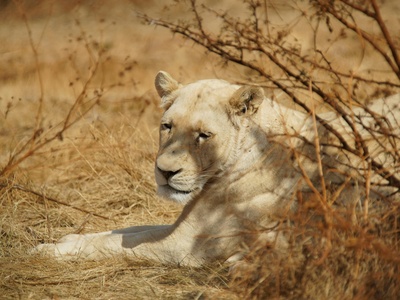
West African Lion
This iconic predator is on the brink of extinction in West Africa. The WAP Complex holds one of the last viable populations, threatened by prey depletion, human-wildlife conflict, and habitat loss to agriculture.
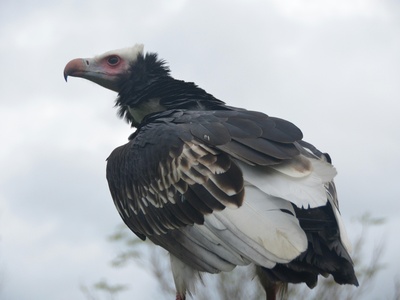
White-backed Vulture
A social vulture essential for cleaning ecosystems, its population has collapsed due to mass poisoning events from livestock carcasses treated with pesticides, habitat loss, and reduced food availability from declining wild game.
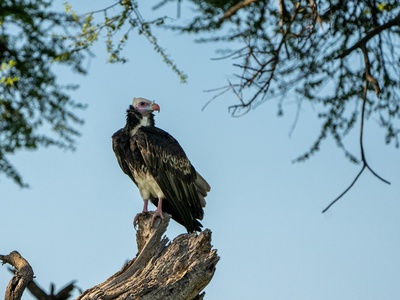
White-headed Vulture
This large, striking vulture suffers from widespread poisoning, both intentional and accidental. Its reliance on large animal carcasses makes it vulnerable to the decline of wild ungulate populations in Benin’s savannas.
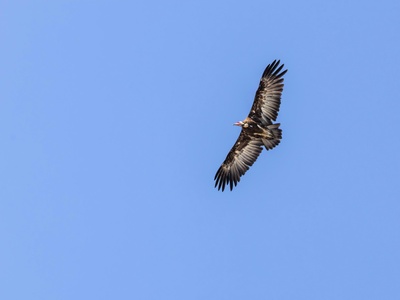
Hooded Vulture
Often seen near towns, this smaller vulture faces catastrophic declines from poisoning, poaching for the belief-based medicine trade, and collisions with power lines, threatening its role as a vital natural cleaner.
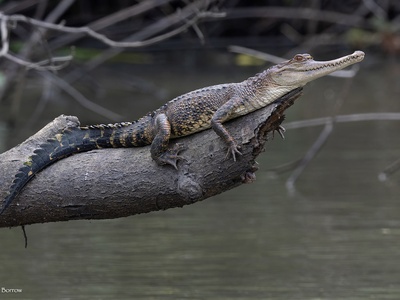
African Slender-snouted Crocodile
This elusive, fish-eating crocodile is critically endangered in Benin due to severe habitat destruction in its riverine forest home, overhunting for its skin and meat, and increasing water pollution.
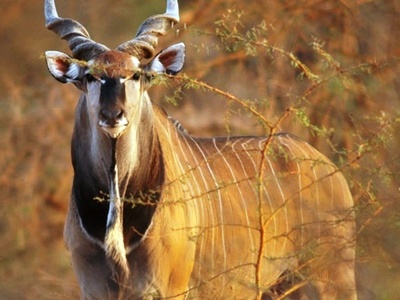
Western Giant Eland
The largest antelope in the world, this subspecies is exceptionally rare. Benin’s WAP population is vital for its survival, but it faces threats from poaching, habitat degradation, and competition with livestock for grazing.
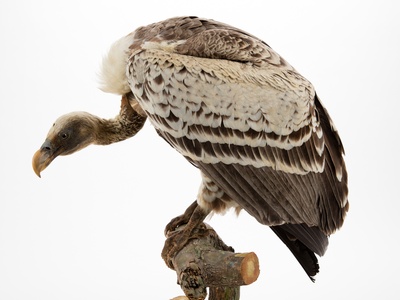
Rüppell’s Vulture
Known for being one of the world’s highest-flying birds, this vulture has seen a rapid decline. In Benin, it’s threatened by poisoning at carcasses, habitat conversion, and a decrease in available food sources.
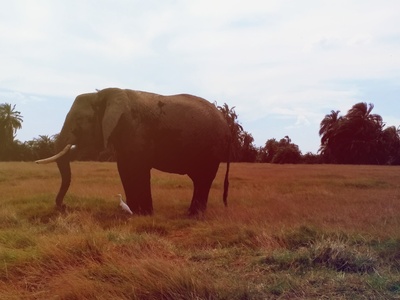
African Elephant
As a keystone species, Benin’s elephants shape their savanna habitat. They are endangered due to relentless poaching for ivory and habitat fragmentation, which increases conflict with human populations on park borders.
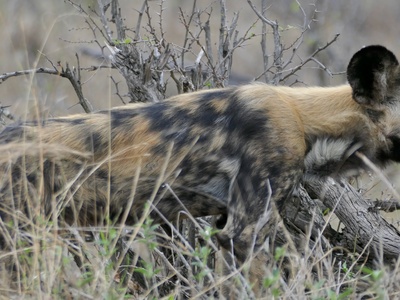
African Wild Dog
The “painted wolf” is one of Africa’s most endangered carnivores. The small packs in Benin are threatened by habitat loss, diseases like rabies transmitted from domestic dogs, and persecution by humans.
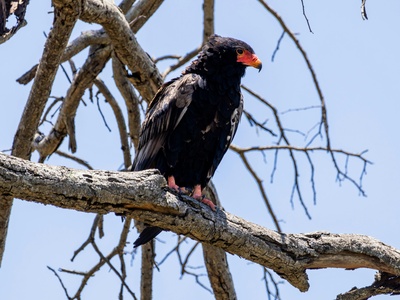
Bateleur
This colorful and acrobatic eagle is a sentinel for savanna health. Its population is in steep decline due to poisoning from agricultural pesticides, habitat conversion, and a reduction in available carrion.
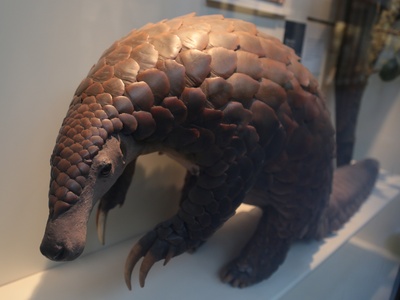
Giant Pangolin
The largest of all pangolin species, this ground-dweller is heavily targeted for the illegal wildlife trade. It is hunted relentlessly in Benin for its scales and meat, pushing it toward local extinction.
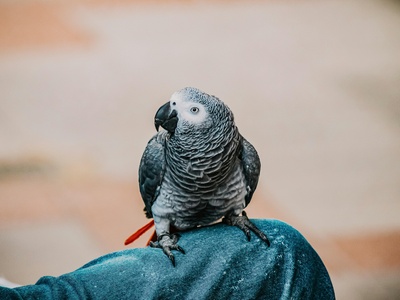
Grey Parrot
Famous for its intelligence, this parrot is now functionally extinct in much of its former range, including Benin. The primary drivers are rampant trapping for the international pet trade and widespread deforestation of its habitat.
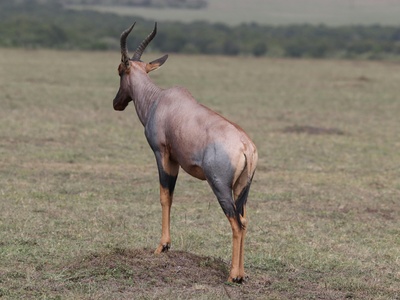
Korrigum
A subspecies of the Tsessebe, the Korrigum is a fast-running antelope whose populations have been decimated by overhunting, competition with livestock for grazing, and habitat loss in Benin’s northern savannas.
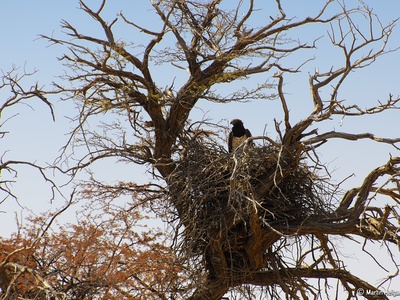
Martial Eagle
Africa’s largest eagle, the Martial Eagle requires vast territories. In Benin, it is endangered by persecution from livestock farmers, accidental poisoning, electrocution on power lines, and loss of its natural habitat.
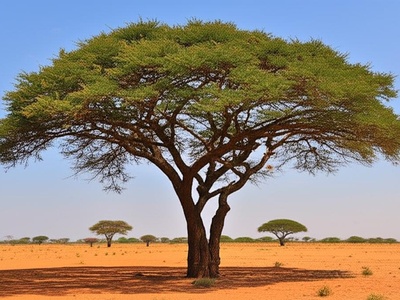
African Rosewood
This tree’s highly prized “kosso” wood has fueled a massive illegal logging crisis across West Africa. Over-exploitation for the international timber market is devastating its populations in Benin and threatening the ecosystem.
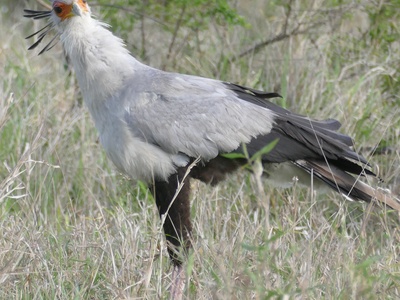
Secretarybird
A unique terrestrial bird of prey, the Secretarybird hunts snakes on foot. It is endangered by the loss and degradation of its grassland habitat to agriculture and overgrazing, as well as frequent nest disturbances.
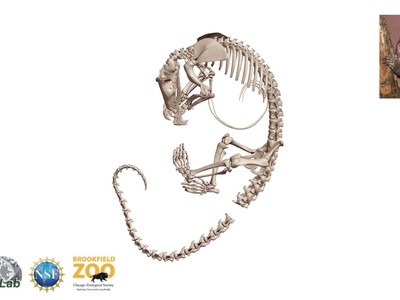
White-bellied Pangolin
This tree-climbing, nocturnal insectivore is critically threatened by poaching. It is one of the most trafficked mammals globally, hunted in Benin for its meat and scales used in traditional practices.
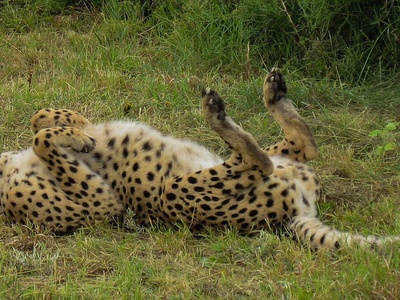
Cheetah
The world’s fastest land animal, the cheetah survives in very low numbers in Benin. It is vulnerable to prey loss, habitat fragmentation, and direct conflict with herders who view it as a threat to livestock.
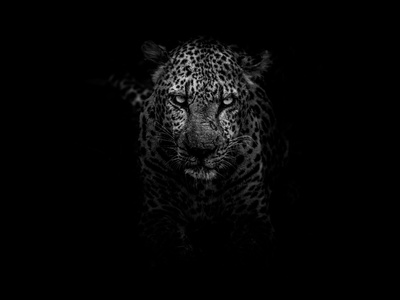
Leopard
Highly adaptable but elusive, leopards in Benin face increasing threats from habitat loss, depletion of their prey base due to the bushmeat trade, and human-wildlife conflict leading to retaliatory killings.
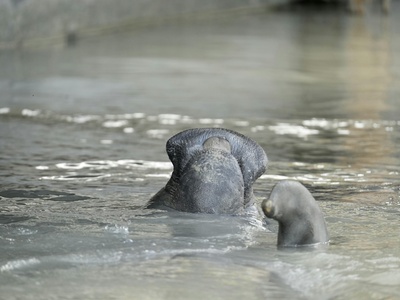
West African Manatee
This gentle “sea cow” is threatened by accidental entanglement in fishing gear, habitat degradation from mangrove destruction and pollution, and illegal hunting for its meat and oil in Benin’s coastal and river systems.

Hippopotamus
These semi-aquatic giants are ecosystem engineers, but their populations are declining. In Benin, they are vulnerable to habitat loss as wetlands are drained for farms, water pollution, and human-hippo conflict.
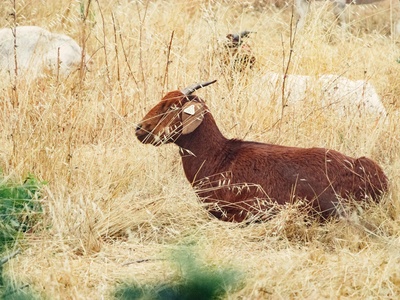
Red-fronted Gazelle
This graceful gazelle is adapted to arid environments but is threatened by habitat degradation from livestock overgrazing, competition for scarce water sources, and illegal hunting for its meat and skin.
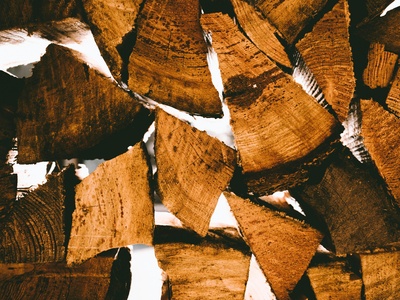
African Mahogany
A valuable timber tree, African Mahogany has been over-exploited for decades. Unsustainable logging practices, coupled with land clearing for agriculture, have made this important savanna species vulnerable.
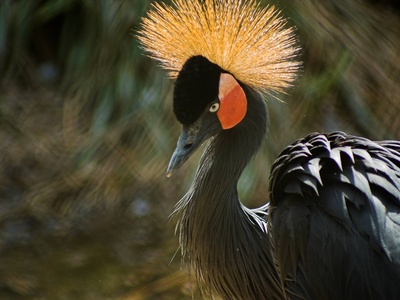
Black Crowned Crane
This elegant bird is a symbol of Africa’s wetlands, but it is threatened by the drainage and conversion of its marshy habitat for rice cultivation and the illegal capture of chicks and adults for trade.
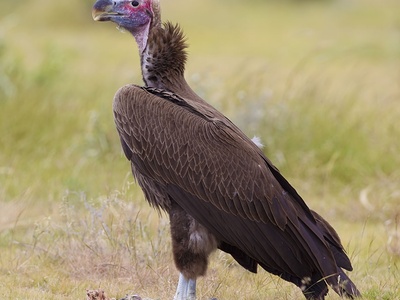
Lappet-faced Vulture
As the most powerful of the African vultures, it plays a key role at carcasses. It is vulnerable to poisoning, a reduction in the availability of large animal remains, and disturbance at its large tree nests.
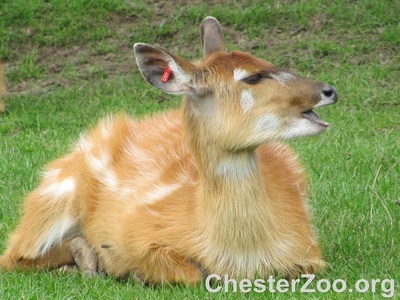
Sitatunga
This semi-aquatic antelope with unique splayed hooves is perfectly adapted to swamps. It is vulnerable to the drainage of its wetland habitat for agriculture, changes in water levels, and overhunting.
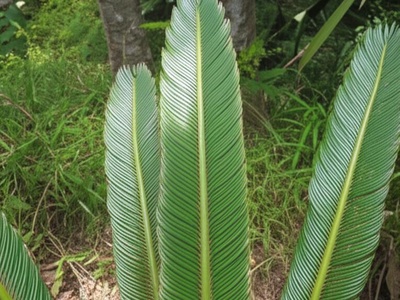
Barter’s Cycad
This ancient “living fossil” plant is threatened by habitat destruction from quarrying and farming. It is also illegally collected from the wild for the international horticultural trade and for use in traditional medicine.
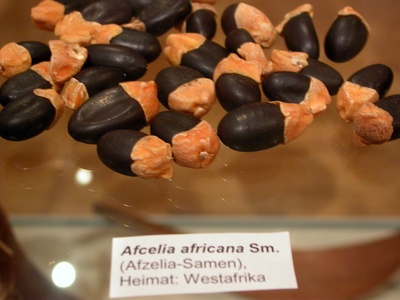
African Doussié
This tree is highly valued for its durable, reddish timber used in construction and for charcoal production. Over-harvesting, combined with slow growth and habitat loss, has made its populations vulnerable across Benin.
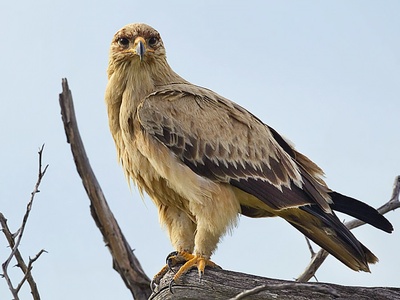
Tawny Eagle
A versatile predator and scavenger, the Tawny Eagle faces threats from indirect poisoning, electrocution on power lines, and a decline in both live prey and carrion due to changes in land use and hunting.
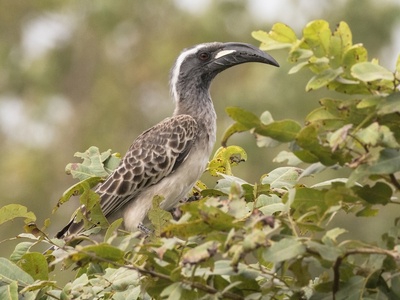
Yellow-casqued Hornbill
One of Africa’s largest hornbills, it is a crucial seed disperser for many forest trees. Its population is vulnerable due to deforestation for palm oil plantations and farms, as well as hunting for its casque.
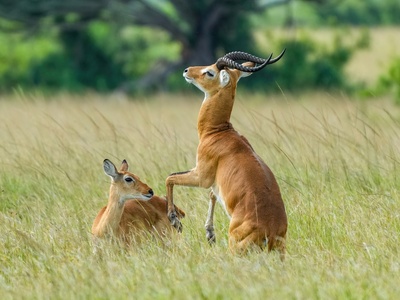
Kob
This gregarious antelope, once common, is now vulnerable due to overhunting for meat and encroachment of agriculture and livestock grazing into its preferred floodplain and savanna habitats.
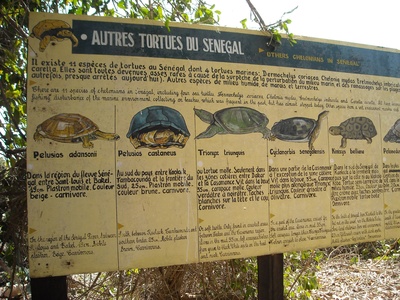
Adanson’s Mud Turtle
This freshwater turtle is threatened by habitat degradation linked to desertification and the diversion of water for agriculture. It is also collected locally for food, adding pressure to its remaining populations.
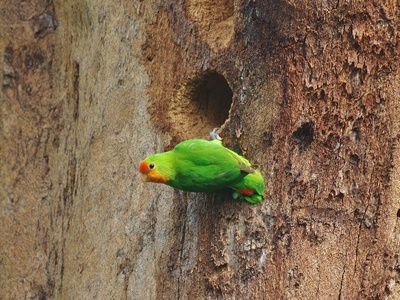
Red-headed Lovebird
This small, colorful parrot nests in termite mounds. Its populations are vulnerable to habitat loss from deforestation and the trapping of birds for the local and international pet trade.
